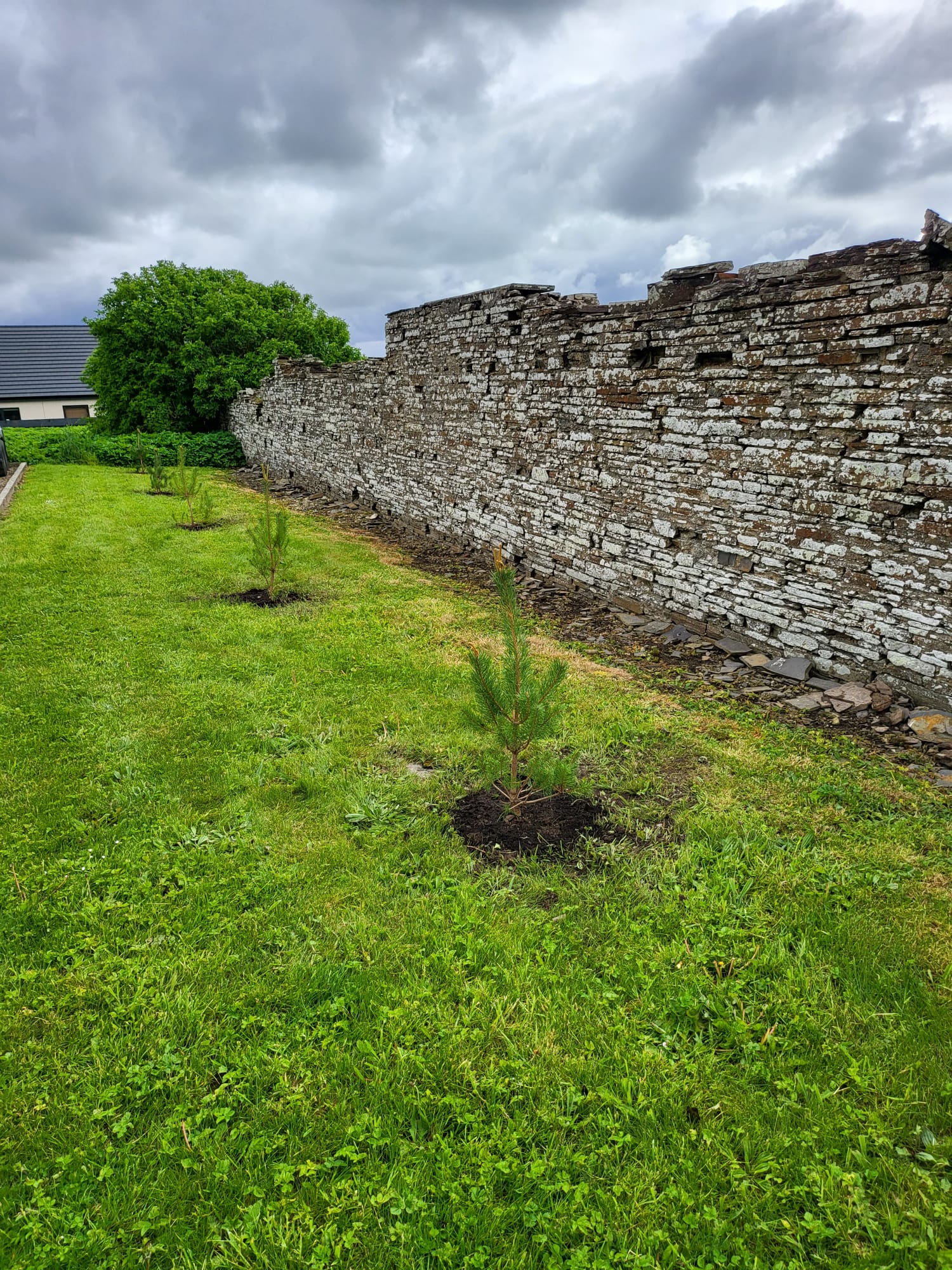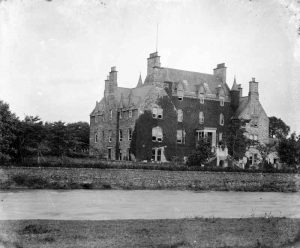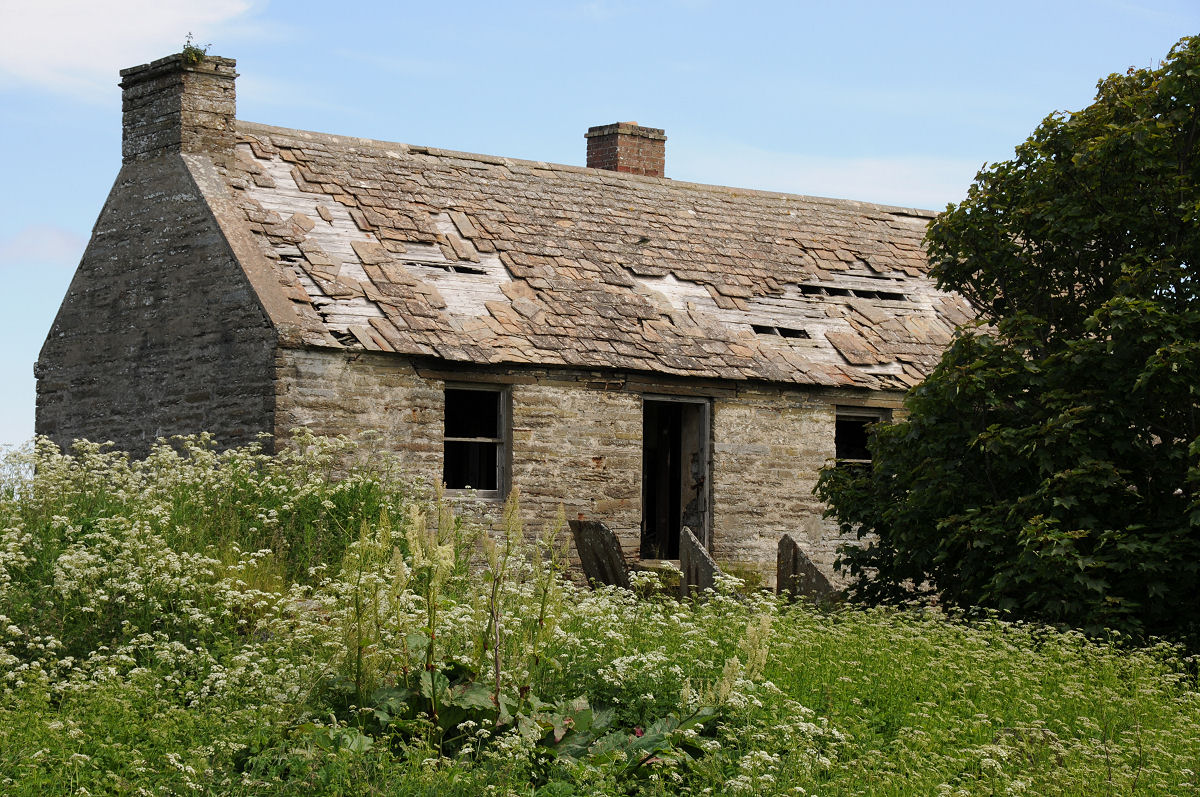Just as granite defined the character of Aberdeenshire since it was first used, Caithness’ foundation is based on the buildup of millions of years of sediment which formed another strong and durable material – flagstone. The word ‘flag’ is readily taken to mean a kind of banner or bunting to wave at celebrations or for decorative purposes. But in Caithness, flag derives from the old Norse ‘flaga’, simply meaning a slab – originally used to build houses and boundary walls. Flagstone is characteristically a layered material, making it dense and hard and so ideal for weathering the unpredictable northern climate.
Quarrying for flagstone on a commercial basis began as early as the 1790s when the prospect of producing an abundant supply of versatile building and paving material for shipping to other parts of the UK became the brainchild of local entrepreneur, James Traill, who built up a successful and prosperous business well into the 19th Century. The stone’s high quality of wear resistance soon caught the attention of construction engineers as far away as South Africa, North and South America, Europe and Australia.
Over the course of the 19th Century, the industry was booming. At the height of operations, over one thousand men were employed, second in importance in Scotland only to the Aberdeen granite business. In 1902, it’s reported output was as much as 35,000 tons a year, but by the outbreak of war in 1914, this had fallen to only 5,000 tons. Increases in transport costs and higher wage demands during the 1920s led to the closing of most of the eleven quarries in Caithness. Concrete had become a lot cheaper to manufacture and this became the preferred choice in the world of construction.
But flagstone has experienced a return to popularity in recent years, particularly with a boom in the interior design business. Quarries near Halkirk produce a top quality product using sophisticated cutting and polishing methods. The striking flagstone adorns elegant buildings across the globe, serving as kitchen surfaces, fireplace hearths and mantelpieces, coffee tables and beautiful external cladding, roof slates and crafted paving.
A century after the demise of the flagstone industry, Caithness can once again boast provision of some of the finest quality construction materials in the world.


